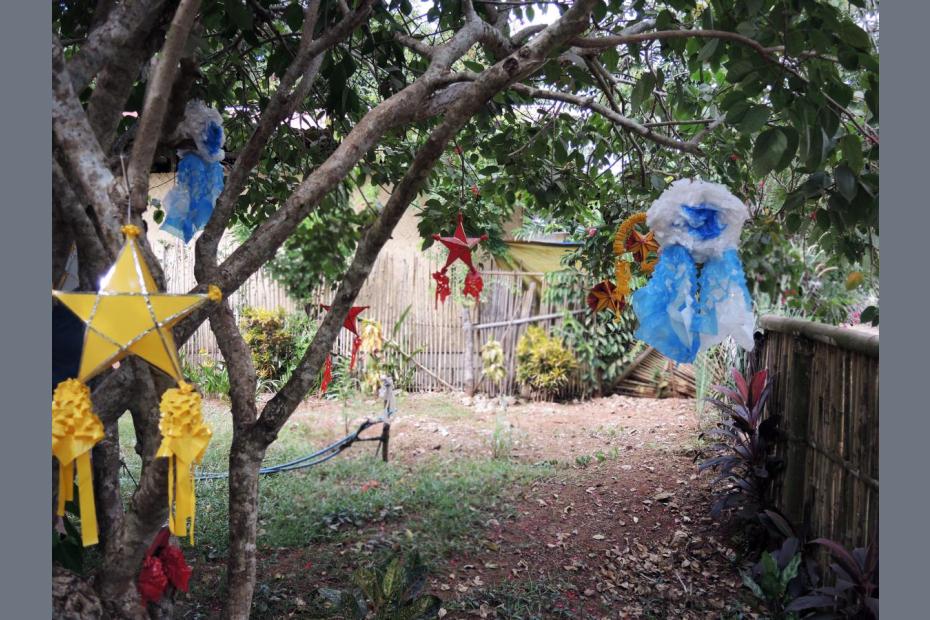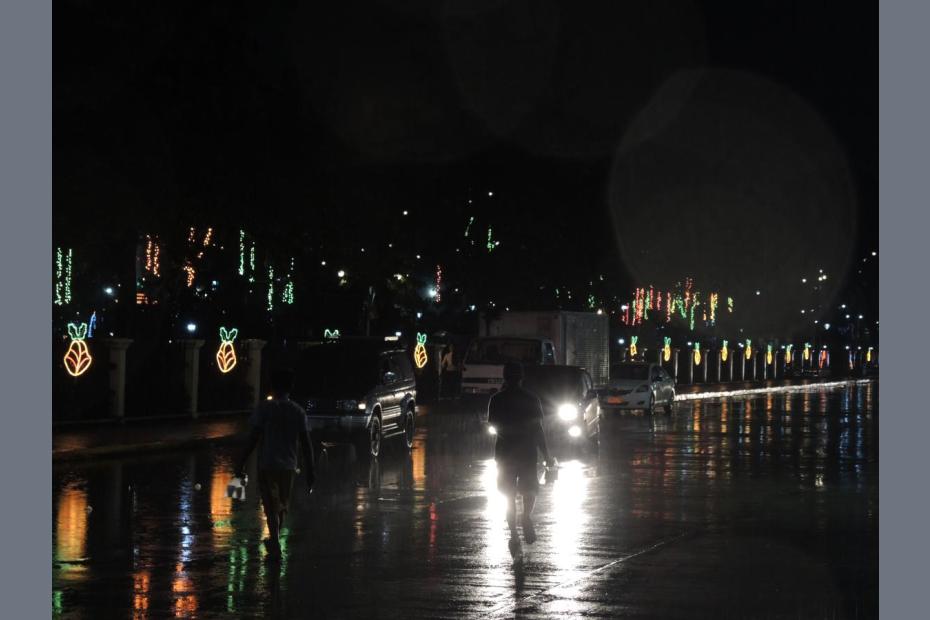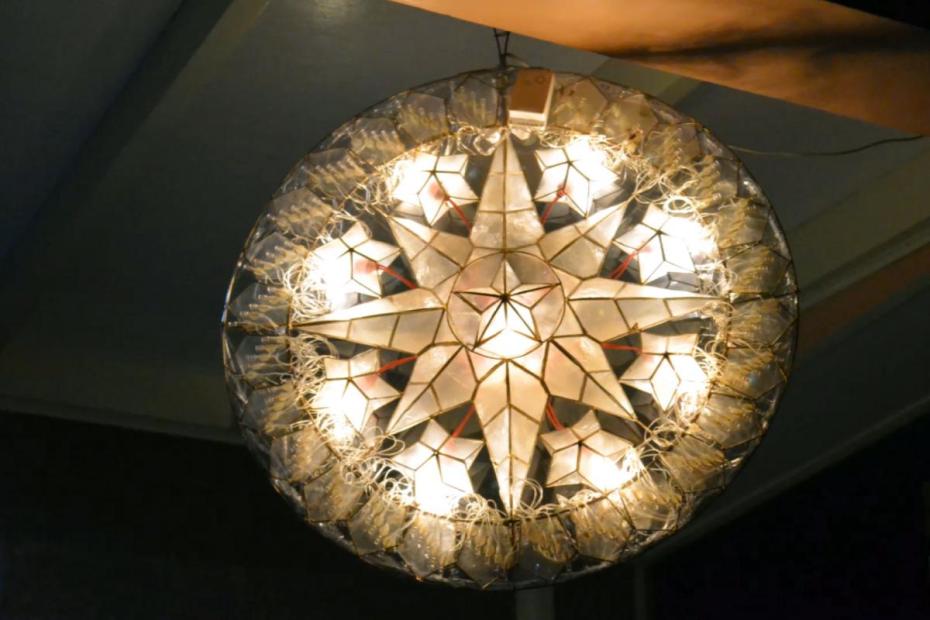Christmas in the Philippines, Filipinos like to say, stretches longer than anywhere else in the world. Starting as early as September, Christmas carols are played in radio stations, in malls and other public places, and department stores begin Christmas sales in earnest. Catholics and non-Catholics alike decorate their houses with Christmas trees, Christmas lights, miniature stables to evoke the one where Jesus was born, and lanterns of different sizes and shapes made from indigenous materials. Volunteers and church workers start decorating Catholic churches, and choir members start rehearsing Christmas songs. Some people even buy new sets of clothes to adhere to the tradition of wearing new clothes during Simbang Gabi and Noche Buena.
For nine days before Christmas, Filipinos gather at Simbang Gabi, predawn Masses that serve as a special means of preparation for Christmas.
Christmas Eve is marked by Catholics with a Panunuluyan, a reenactment of Joseph and Mary’s search for a place to give birth to Jesus, and by a return to church for a nighttime Mass. Families are sure to return home by midnight for the celebratory meals known as Noche Buena.
Christmas itself begins with a dawn Mass, and the day is marked by feasts, family visits, and gifts.
Unlike many Western countries where Christmas effectively ends when the shopping and gift-giving ends on Christmas Day, in the Philippines the Christmas season continues into early January to Three Kings’ Day, another time of celebration and gift-giving.
- Arnulfo V. Fortunado


